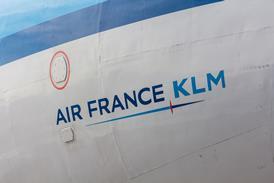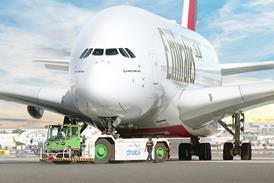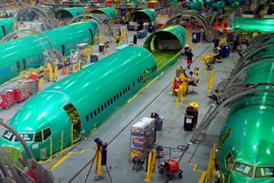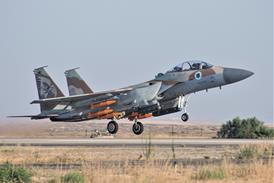The Garuda Indonesia Boeing 737-400 that crashed at Yogyakarta airport last month made its final approach well above the glideslope, touched down considerably faster than the normal landing speed, and did not have its flaps set in a typical landing configuration.
Chief investigator Mardjono Siswosuwarno says the aircraft touched down on Yogyakarta airport's runway 09 at a "much higher than normal speed". Although he says "we still need to verify the figure", local reports say it was between 210kt (389km/h) and 220kt, instead of the typical 140kt for a 737-400 landing.
Mardjono also says the aircraft was "quite high above the glideslope" on final approach and its flaps were only set at 5° on touchdown, rather than the typical 30-40°. As a result of the high speed and a steep descent the aircraft touched down hard on the runway and its nose-gear axle broke on landing. It then skidded off the runway into a paddy field where it burst into flames. He says the information is contained in the National Transportation Safety Commission's preliminary factual report into the 7 March crash, which killed 21 of the 140 people on board.
One of five recommendations in the factual report calls for improved pilot training, says Mardjono. The first officer is heard on the cockpit voice recorder saying the aircraft was too high on approach and calling for a go-around, but the captain chose to ignore him. Another recommendation calls for key personnel at airlines and airports to be adequately assessed. The report also calls for the runway end safety areas at Yogyakarta, Medan and Solo airports to be lengthened, and other recommendations relate to airport emergency response and flight data recorder requirements. Mardjono says data from the 737-400 is incomplete as the device fitted was for "a non-EFIS [electronic flight instrument system] 737". He explains: "Because of that, engine RPM N1 was not recorded [and] the glideslope deviation was also not recorded, although we have been able to calculate it in other ways."
Mardjono confirms that, at the time of the accident, "the weather was clear with visibility about 5km", and the wind was "calm".
Source: Flight International























